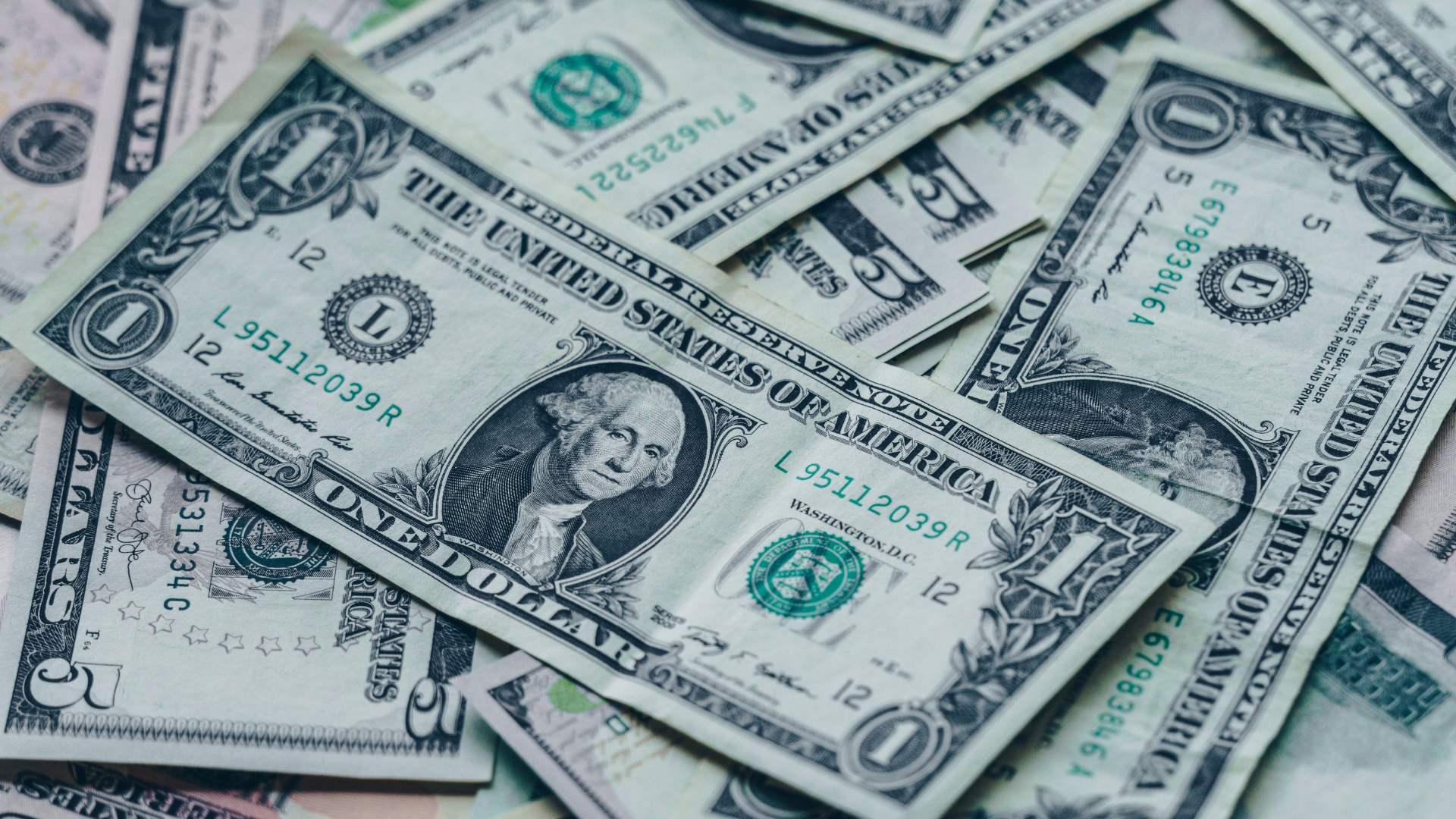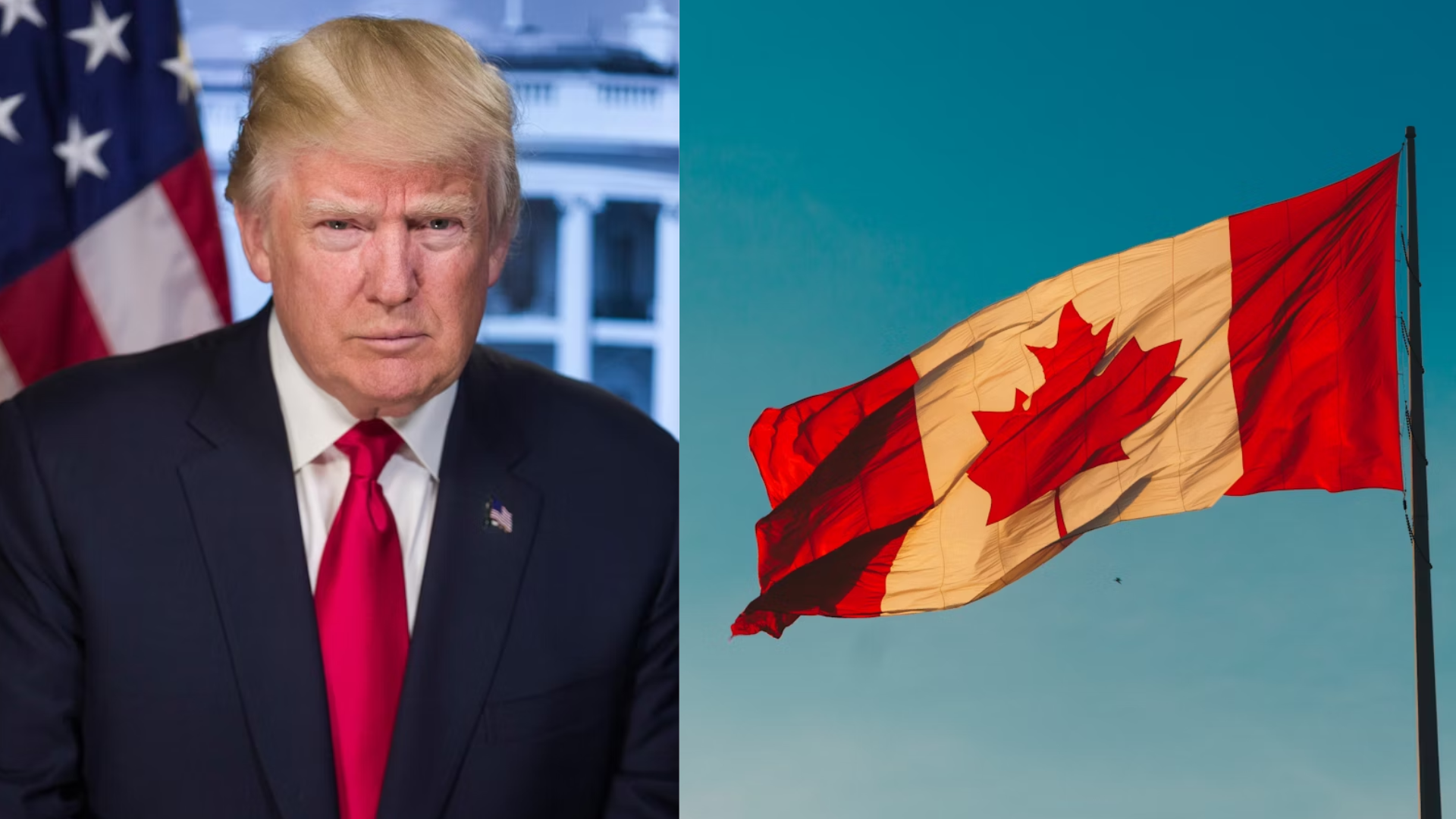The U.S. dollar has slipped to its lowest level of the year, as investor confidence in the greenback weakens amid shifting Federal Reserve expectations. Market uncertainty over the Fed’s next moves has fueled caution among dollar bulls, leading to a broad decline against major currencies.
The retreat comes as traders adjust their bets on interest rate cuts, with growing speculation that the Fed may adopt a more dovish stance if inflation continues to cool. While policymakers have remained noncommittal on the timing of rate adjustments, markets are increasingly pricing in potential easing later this year, putting downward pressure on the dollar.
At the same time, stronger performance in other global currencies, particularly the euro and yen, has accelerated the dollar’s decline. Central banks outside the U.S. have signaled a more patient approach to rate cuts, narrowing the policy gap that has long supported the dollar’sb strength. As a result, investors are shifting toward alternative assets, further eroding demand for the greenback.
Another factor weighing on the dollar is a shift in risk sentiment, with equities and commodities attracting more capital as traders move away from safe-haven plays. Gold, emerging market currencies, and even cryptocurrencies have gained traction, suggesting that investors are diversifying away from the dollar as rate expectations shift.
Despite the pullback, some analysts caution that the dollar’s decline may be temporary, especially if economic data surprises to the upside. If inflation proves more persistent or growth remains strong, the Fed could delay rate cuts, potentially triggering a rebound in the greenback.
For now, the dollar remains under pressure, with traders watching upcoming economic reports and central bank commentary for clues on its next move. If rate-cut bets gain further momentum, the dollar’s weakness could extend, reshaping currency markets in the months ahead.
















